19 Unconscious Bias Examples in the Workplace

Workplace biases are harmful and damaging preferences or judgments for or against a person, group, or behavior. This mistreatment decreases employee engagement, negatively affects diversity, equity, and inclusion (DEI) goals, and increases turnover.
Today, we’ll take a closer look at unconscious bias – the more “silent” and in-direct type of bias. We’ll learn the basics of implicit biases and walk through 19 unconscious bias examples in your workplace.
Let’s get started.
What is unconscious bias?
Unconscious bias, also known as implicit bias, is a learned prejudice or stereotype against a person or group of people that a person isn’t aware of. We carry these unconscious biases in all facets of life, but as it relates to work, it can affect decisions related to hiring, advancement, and compensation as well as interpersonal behavior between employees.
The difference between implicit and explicit biases is that explicit biases are not subconscious. Similarly, while unconscious biases are damaging and unhelpful, they are different from direct discrimination. This is because direct discrimination is intended to be harmful, while unconscious biases are not.
What impact does unconscious bias have on the workplace?
Unconscious bias has a definitively negative impact on the workplace. This is because unconscious biases make employees feel othered. Feeling othered reduces a person’s belonging on a team or in the organization as a whole. A lack of belonging leads to disengagement, lowered productivity, and an increase in turnover.
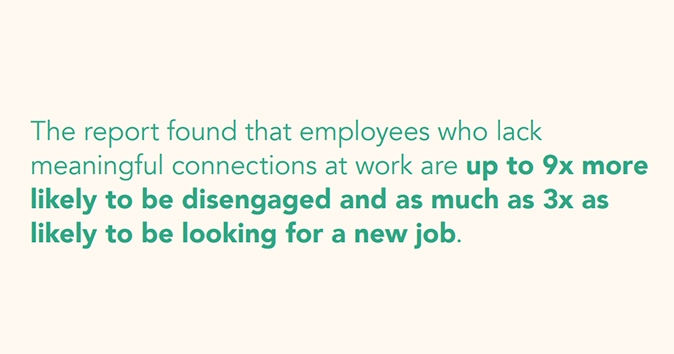
On top of that, biases create unfair setbacks and experiences for many employees or groups who are already at a disadvantage. Many employees are unfairly held back by multiple biases working against them at once.
One of the barriers to diversity in the workplace is a culture where unconscious bias is not examined. Ignoring the systemic and trickle effects of bias will negatively affect your overall DEI goals.
What are the benefits of reducing unconscious bias?
The benefits of reducing unconscious biases in the workplace include increasing belonging, productivity, and innovation. Reducing unconscious bias also makes huge strides toward achieving DEI goals. All of these lead to improved business outcomes. Gartner research has found that inclusive, gender-diverse teams outperform less inclusive teams by an average of 50%.
You might want to consider using a natural language processing (NLP) tool like Workhuman’s Inclusion Advisor to help you create and communicate unbiased policies. Inclusion Advisor is an AI-powered language assistant that improves how employees communicate when writing recognition messages to their peers. As you write, this tool gives you real-time suggestions to improve your message and mitigate unconscious bias.
Reducing unconscious biases leads to happier, more engaged employees that will contribute to a positive, strong workplace culture. Teams will communicate in a more effective way when not blinded by biases. Your organization will see higher rates of retention and productivity as you reduce the biases affecting employees.
19 unconscious bias examples in the workplace
Let’s talk through 19 examples of unconscious bias and tips for managing unconscious bias below.
Gender bias
Gender bias, also known as sexism, is when one gender is preferred over another gender. Gender bias is when a hiring manager prefers male candidates for a technical role because they assume that men are more skilled in technology simply based on outdated and inaccurate norms.
To avoid gender bias, HR should get comfortable asking cultural questions about things that may seem insignificant to help uncover larger problems. Why are mostly women cleaning up after an in-office lunch? Who is being asked to take notes? Why does it seem that more men speak up during meetings?
Analyzing behaviors, collecting data, and setting goals to help create a more fair workplace can help start the journey toward a more equal workplace.
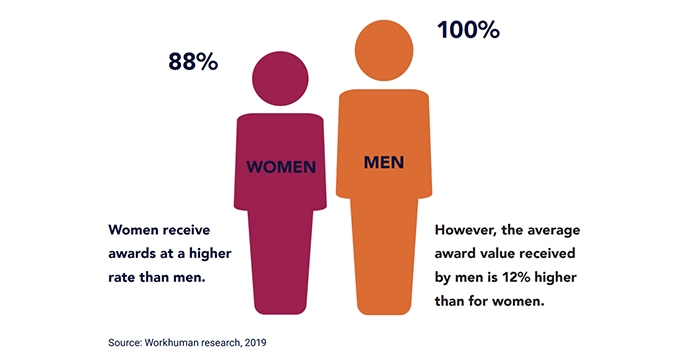
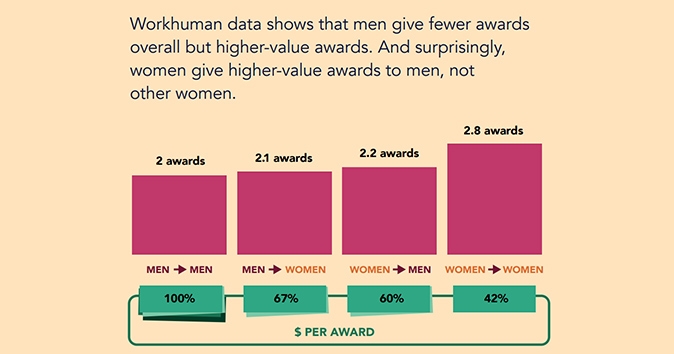
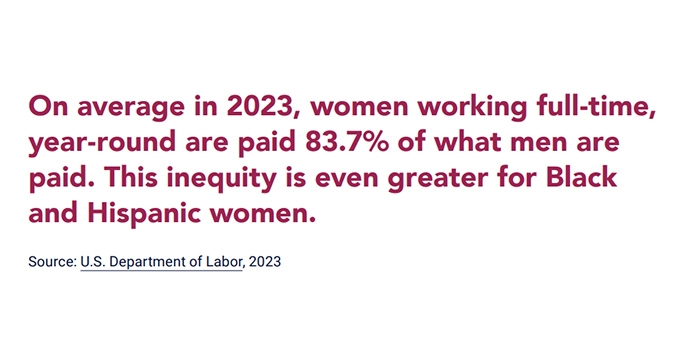
Affinity bias
Affinity bias, also known as similarity bias, is when a person is favored or preferred because of similarities that are shared. Affinity bias in action might look like a manager favoring an employee who graduated from the same college, shares a similar hobby, or has children that are the same age.
There tends to be a risk of affinity bias during the hiring process as well. For example, an interviewer or hiring manager might subconsciously be favoring a candidate who has worked at a company that they have also worked at.
To avoid affinity bias in the workplace, be mindful of getting caught up in whether someone is a “culture fit” and instead look to find people who will be adding a new perspective or background to your workplace culture.
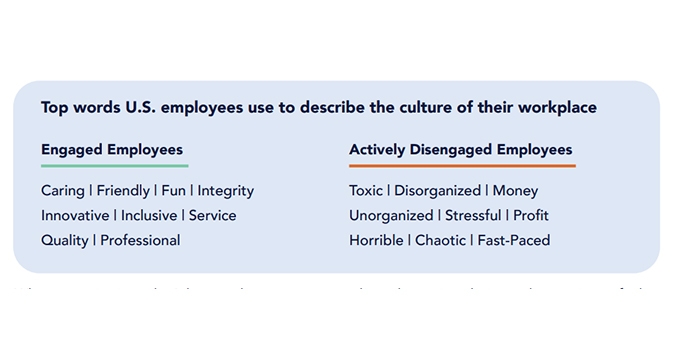
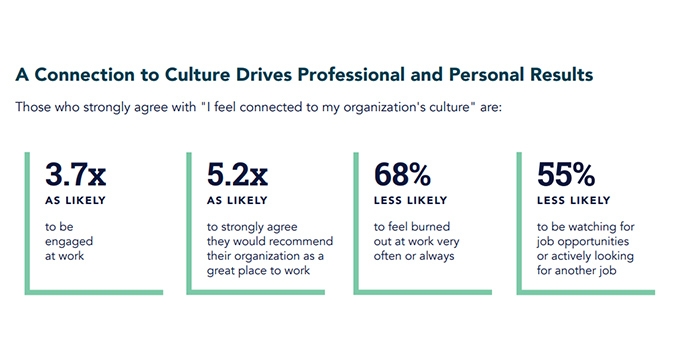
Confirmation bias
Confirmation bias is when a person seeks and looks for information that validates their pre-formed opinions and thoughts. This unconscious bias misrepresents the truth and can cause someone to miss out on opposing viewpoints.
For example, a manager who is experiencing confirmation bias will only acknowledge the mistakes of an employee they believe to be underperforming, ignoring their successes.
One way to minimize confirmation bias during the hiring process is to standardize interview questions that focus on skills. This provides each candidate with a fair chance to stand out.
Beauty bias
Beauty bias, or physical appearance bias, is when an attractive employee is hired, paid more, provided with more opportunities for advancement, and generally favored over less attractive peers. Research has found that “attractive” people can earn up to 15% more than their colleagues who are seen as “less attractive.”
An example of beauty bias is when a “more attractive” candidate is chosen for a customer-facing role because it is assumed they will be better received by clients.
To avoid beauty bias, consider screening all candidates through a phone call as opposed to video. This prevents any beauty bias from occurring during the beginning stages of the recruitment process.
Conformity bias
Conformity bias is essentially peer pressure. It occurs when a person’s opinion is swayed or changed to follow the consensus of a group. Although this unconscious bias can limit team conflict, it can also diminish creativity, innovation, and fairness.
Conformity bias might look like team members agreeing with a popular opinion in a meeting even if they privately disagree.
To avoid conformity bias, ask for a person’s opinion before they are in front of a group. You could also have participants vote anonymously so that a person’s true opinions or feelings are more likely to be disclosed.
Ageism
Ageism, also known as age bias, in the workplace is the tendency to think negatively about an employee due to their age. Most reported ageism is against older employees, but younger employees can also be subjected to it. AARP found that two-thirds of workers over age 50 have experienced discrimination because of their age.
An example of ageism is choosing to train a younger employee on a new technology, assuming that an older employee is less adaptable and willing to learn. Another example would be assigning younger employees lower-level work after they have proven themselves and moved up from their entry-level roles.
To limit ageism at work, ensure you are educating employees of all levels on how ageism can limit growth for both older and younger colleagues. Age diversity should also be included in the company DEI statement.
Attribution bias
Attribution bias is when we judge a person by their past behaviors and allow those thoughts to influence our perception of them.
Attribution bias in action might look like assuming a person has poor time management because they were late to one meeting. Another example is assuming a person is careless because they had a handful of typos in one email.
To avoid attribution bias, stop and think when you’re experiencing a judgemental thought and give the person the benefit of the doubt. Maybe they were rushing to pick up a sick kid and weren’t able to put as much care into their email. Or perhaps they were late for the meeting because of something out of their control.
Contrast effect
The contract effect occurs in the workplace when we make a judgment based solely on comparison. This unconscious bias leads our judgments to be unfairly altered by whatever standard we are comparing to.
Evaluating an employee's performance as poorer than it is because it's reviewed immediately after a top-performing employee is an example of the contrast effect. In this case, there is no proof that the employee is under-performing. In contrast to a top performer, however, it may seem that way.
To avoid the contrast effect, ensure that you are collecting multiple comparison points. This will help broaden your perspective. Taking a moment to stop and think about whether you are making an unfair comparison can also help prevent this way of thinking.
Name bias
Name bias is the tendency to make assumptions or judgments about someone based on their name. This unconscious bias could happen when a recruiter is skimming resumes and passes over someone with a name that they believe is difficult to spell or pronounce.
Name bias may also occur when someone reacts negatively to an email signed with a feminine name like Jane but wouldn’t be bothered if it was signed with a name like John. In your day-to-day communication, it’s important to be mindful of these small biases.
Name bias tends to come from racist, sexist, and ageist beliefs and is most prevalent during recruitment. It can lead to missing out on qualified candidates and can negatively impact your company’s diversity efforts.
One way to limit name bias during the hiring process is to either manually or electronically hide names from resumes. HR and hiring managers can do this electronically with software.
Further reading: Are you using ableist language?
The halo and horn effects
The halo and horn effects influence our perspective and treatment of a person based on past behaviors. This unconscious bias limits our perception so that we are not seeing a full person or group.
For example, for the halo effect, if an employee makes a good first impression, then their mistakes might be overlooked later down the line.
To avoid the halo effect bias, step back and take a look at the larger picture. One sparkling, flawless detail can derail your judgment. Look at the positive in comparison to the neutral or negative details. This will help you notice if you are distracted by one specific detail.
On the other hand, for the horn effect, if an employee makes a poor first impression, this would lead to their strengths being consistently undervalued and perceived in a negative light.
To avoid the horn effect bias, question any doubts or negative gut feelings you have about a certain employee, team, or group. Are you basing this on facts or are you hyper-focusing on one instance that doesn’t fully represent the situation? Stepping back and taking a look at the big picture helps avoid the horn effect bias as well.
Anchor bias
Anchor bias is the tendency to fixate on one piece of information about a person or group. This unconscious bias narrows our perspective.
For example, when a manager fixates on the first piece of information they receive about an employee, letting it overly influence all subsequent interactions.
To avoid anchor bias, gather information from other people and conduct thorough research. Talking through different perspectives and learning more about someone or something will help widen your perspective.
Authority bias
Authority bias is the tendency to agree with the person with the most power. This can lead to issues in the future if the decisions made are based on social power and not well thought out.
For example, if employees agree with a senior executive's idea without question, even if they have valid concerns, the integrity of a project could be affected by the leader’s decision.
To avoid authority bias, having an awareness of the bias can help you prevent it when it’s happening. Ask the leader or senior person in charge questions if you’re feeling any sort of doubt, worry, or disagreement. Their answer will give you and the team insight on whether they’re acting out of power or have truly thought through the decision.
Having the courage to ask questions to a person of power could empower others who are feeling the same doubts to speak up about their concerns. By making the first move, you’ll be creating a feeling of psychological safety among your team.
Further reading: How to Build Psychological Safety at Work
Recency bias
Recency bias is the tendency to focus on the most recent actions of a person or group. This narrows your perspective and negatively affects your perception.
For instance, recency bias occurs when a manager focuses only on the most recent performance of an employee during an annual review and ignores past accomplishments or setbacks.
Recency bias can also occur during the recruitment process. For example, if someone has interviewed 6 candidates in one day, they might be more likely to remember the candidates they interviewed towards the end of the day.
To avoid recency bias, consistently track your and your team’s workloads, achievements, and challenges by writing down what’s happening. To do this, consider using a continuous feedback platform like Conversations® from Workhuman®. Having frequent, documented check-ins helps you keep an eye on the larger picture of an employee’s performance.
Status quo bias
Status quo bias is the tendency to hold on to habits, processes, and ways of thinking. This can hold back individuals and teams. The status quo bias can prevent growth, creativity, and innovation. For example, a team resists adopting a new process or technology and prefers to stick with the familiar way of doing things.
To avoid the status quo bias, build time into your planning meetings to rethink how work is getting done. Like most biases, a good way to change your thinking is to be aware of your thoughts.
Encourage and create a safe environment where employees feel comfortable questioning and improving processes and ways of thinking. Next time a decision is being made, pause and make sure that you aren’t in a status quo mindset.
Overconfidence bias
Overconfidence bias occurs when an employee thinks their capabilities or skills are stronger than they are.
For instance, overconfidence bias happens when a project leader underestimates the time and resources needed for a project, believing they can complete it more quickly than is realistic. Overconfidence bias can lead to mistakes and uninformed decisions that can affect the success of your business.
However, there can be an upside to overconfidence bias if it’s used to combat imposter syndrome. Women or people of color might tap into what they believe is an overconfident state of mind to convince themselves that they’re capable of taking on a project or skill.
To avoid overconfidence bias in the workplace, continuously ask for feedback from the people you work with. You’ll have a better and more realistic grasp of your skill levels when you’re hearing it from other people who see you in action.
Perception bias
Perception bias is the tendency to judge others and form inaccurate perceptions based on our own simplified thinking. This bias can lead to employees being left out socially or missing career opportunities.
For instance, a person is experiencing a perception bias when assuming a part-time employee is not serious about their career simply because they work fewer hours. Another example would be assuming a person with a disability is not working as hard as others because they’re using workplace accommodations. This is just one of many examples of ableism in the workplace.
To avoid perception bias, check your thinking. Again, it’s important to become comfortable with questioning why you are thinking what you’re thinking and opening your mind to new perceptions.
Illusory correlation
Illusory correlation is when a person relates two groups, actions, or events as connected even though they don’t have to do with each other. This unconscious bias limits our perception and view and can lead to uninformed decisions.
For example, a person might believe that people who take frequent breaks are less productive, even if there's no actual correlation between breaks and productivity.
To avoid illusory correlation bias, conduct research into the areas that you are unfamiliar with. For instance, if you were the person above, you could search for the correlation between breaks and reduced productivity. This search might reveal that you’ve been inaccurately judging an employee, and your mind will be changed.
Affect heuristic
Affect heuristic is when we rely on our emotions to make a judgment or decision. Heuristics are mental shortcuts that help us make quicker decisions. However, affect heuristics can incorrectly inform our decisions because we are acting on fleeting or intense emotions.
For instance, a manager makes a snap judgment about an employee's proposal based on their mood when they receive it and not on the actual contents of the work.
To avoid the affect heuristic bias, be mindful of your emotions and how they affect your decisions and judgments. Drawing awareness to what you’re feeling can prevent you from making a choice that is informed by snap judgments and not logic.
Idiosyncratic rater bias
Our idiosyncratic rater biases reveal our unreliability when it comes to rating or ranking other people. This unconscious bias affects how we perceive people or groups and has the potential to negatively affect what feedback an employee receives. Unsurprisingly, this inaccurate feedback can lead to a lack of career advancement or growth opportunities.
For example, a supervisor may assume an employee who is average at public speaking is failing simply because the supervisor is highly skilled at public speaking.
To avoid the idiosyncratic rater bias when giving feedback to an individual, rely on criteria and measurements instead of gut feelings. Additionally, relying on feedback from one source can unfairly limit an employee’s growth. Collecting peer-to-peer feedback allows for the full picture and multiple perspectives on an employee’s performance.
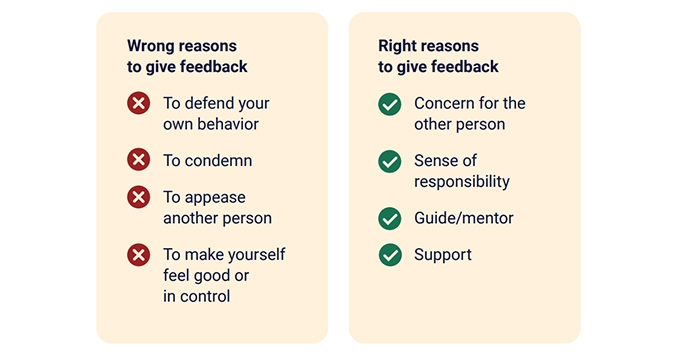
How do you address workplace biases?
Tackling unconscious biases in the workplace involves a multi-faceted approach that includes raising awareness, providing training, implementing effective policies, and fostering an inclusive culture.
Let’s walk through some steps to help address implicit bias in the workplace.
Understand unconscious biases
As we’ve learned, unconscious biases are automatic, mental shortcuts used to quickly form judgments and assessments of people and situations influenced by our background, cultural environment, and personal experiences.
In all of the 19 examples highlighted above, awareness is key. The more we have a grasp on how unconscious biases work and affect our thinking, behavior, and decisions, the easier it will be to catch ourselves when we are experiencing unhealthy and damaging thoughts.
Provide bias training
Training can help individuals recognize, understand, and manage their biases. This includes Implicit Association Tests (IAT)Opens in a new tab to become more aware of personal biases. It might be shocking to learn that you are experiencing biased thinking. That is one sign that your training is effective – participants should walk away with the knowledge that they need to be proactive about avoiding unconscious bias.
Implement anti-bias policies
Effective anti-bias policies should clearly state the organization's objectives, define terms, summarize laws, and describe circumstances under which discrimination may occur. Policies should also clarify who is responsible for preventing discrimination, with managers and leadership playing a primary role.
Additionally, make it clear that the organization is committed to following through on your DEI goals and mission. This can be demonstrated by taking action to minimize unconscious biases.
Monitor behavior
Regularly monitor your and your team's behavior to identify any instances of implicit bias. This includes questioning first impressions and extreme reactions to people or groups and reflecting on any rapid decisions made.
The more you get into the habit of monitoring your behavior, the more likely you will be to do it naturally. While you can’t expect it to be automatic every single time, it will become easier and more part of your routine once you make an effort to incorporate it.
Create psychological safety
Create an environment where employees feel safe to express their thoughts and ideas without fear of bias or discrimination. This includes providing ways to safely report and address discrimination cases.
Additionally, provide ways for employees to make complaints and take steps to prevent violations of your anti-bias policy. Ensure that employees who are making complaints are not further discriminated against.
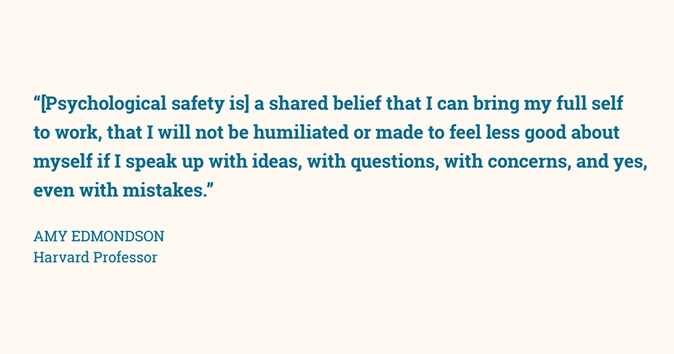
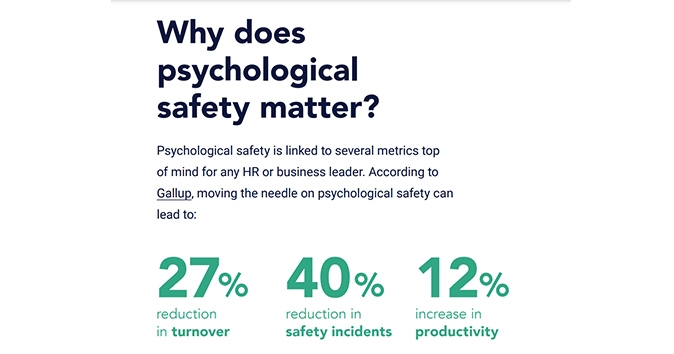
Monitor behavior through data collection and analysis
Collect data on diversity, employees’ perceptions, and training effectiveness to identify areas of improvement. Ensure that the data you collect is thoroughly analyzed and acted upon. Acting on employee feedback shows employees that you are listening and care about their well-being.
Ensure that the organization is periodically reviewing hiring and other workplace practices to ensure consistent, non-preferential standards.
Conclusion
Unconscious biases negatively affect the employee experience in your organization. The best way to combat unconscious bias in your workplace is to create awareness among leaders, managers, and employees.
It will take consistent effort and focus to make progress, but it will be worth it. Finding ways to mindfully combat harmful unconscious biases will result in increased productivity, retention, and business success.
About the author
Alicyn Zall
Alicyn Zall is a writer dedicated to creating a more equitable and fulfilling workplace. With a focus on actionable, data-driven insights, her work empowers individuals and organizations to foster positive change. In addition to her contribution at Workhuman, Alicyn has served as an editor at Harvard Business Review where she developed books and articles about mental health and the future of work.